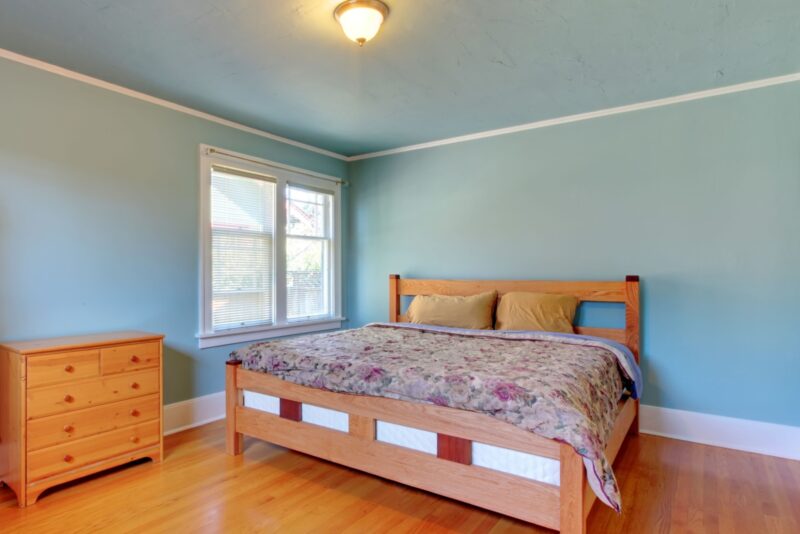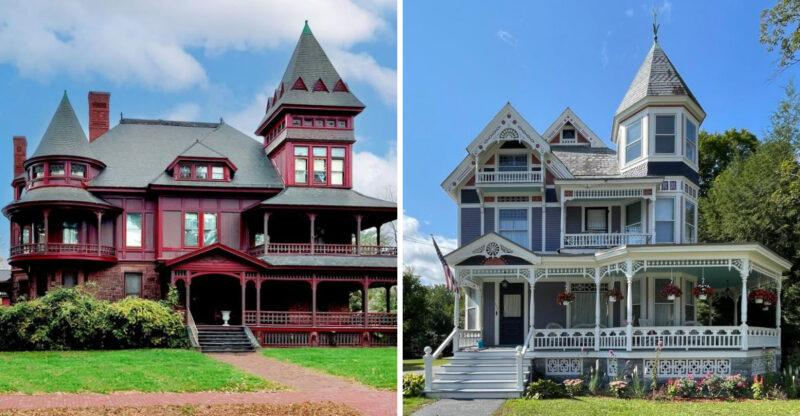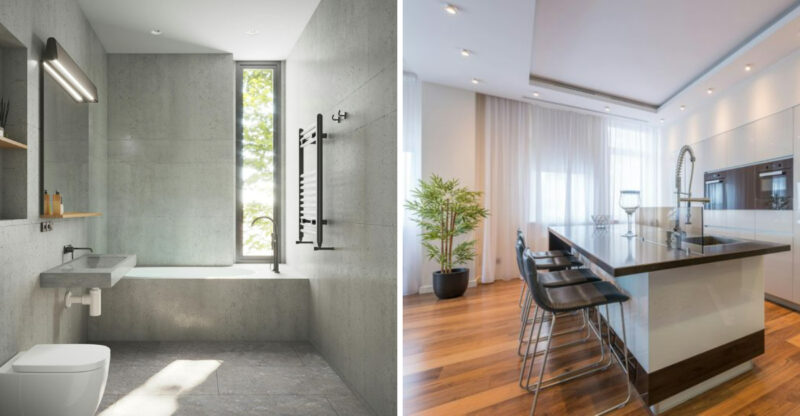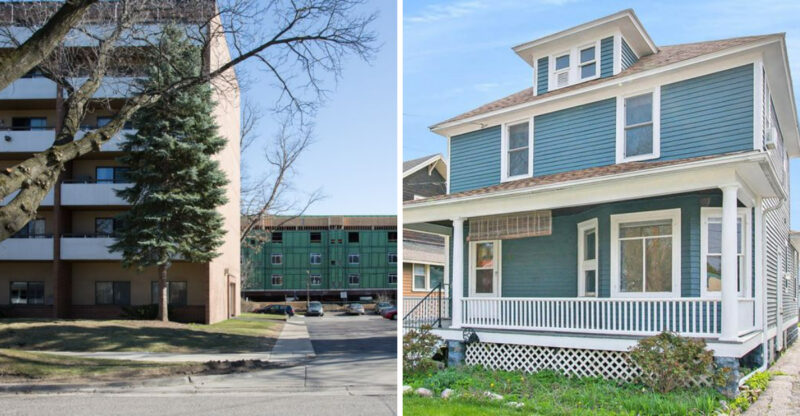11 Maryland Waterfront Projects That Don’t Pay Back
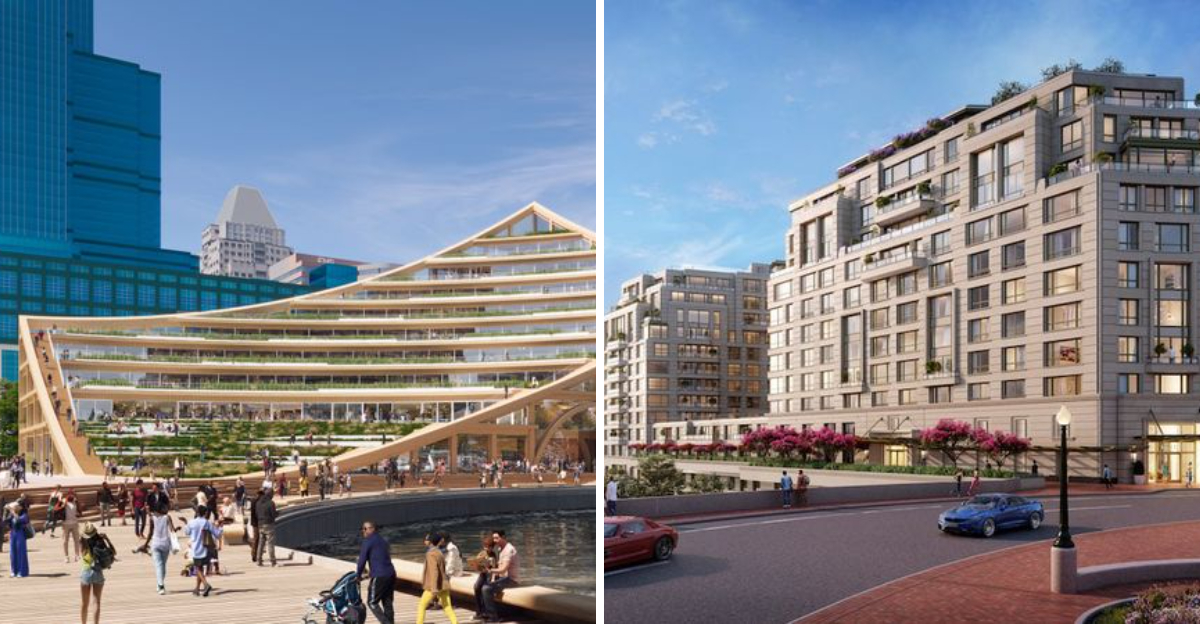
Maryland’s scenic shorelines attract ambitious waterfront development projects each year, but not all deliver the promised financial returns. High construction costs, strict environmental regulations, and market miscalculations often plague these ventures.
From luxury condos sitting half-empty to marinas struggling with maintenance expenses, these waterfront dreams frequently turn into financial nightmares for investors and communities alike.
1. Harbor Heights Luxury Condominiums
Towering glass facades and premium waterfront views weren’t enough to save this Annapolis development from financial trouble. Built during the market peak, units now sell at 30% below initial projections.
Maintenance costs for flood prevention systems drain the reserve fund annually. Meanwhile, half the building remains unsold, creating a downward spiral of reduced amenities and declining property values.
2. Chesapeake Bay Marina Expansion
What began as an ambitious plan to double slip capacity turned into a cautionary tale. Dredging costs exceeded estimates by millions when contractors discovered unexpected underwater debris.
Revenue projections fell short as recreational boating declined during economic downturns. Now the expanded facilities sit at 40% capacity while loan payments continue mounting, forcing the owners to consider selling at a substantial loss.
3. Bay Bridge Mixed-Use Development
Promised as the crown jewel of Eastern Shore redevelopment, this complex of shops, offices, and apartments stands mostly vacant. The developer’s vision of a year-round destination underestimated the seasonal nature of the area’s economy.
Winter months bring ghost-town conditions to the retail spaces. Meanwhile, commercial tenants balked at premium rents for locations that thrive only during summer tourist season.
4. Patuxent Riverfront Townhouses
Marketing materials showcased idyllic waterfront living, but failed to mention recurring flooding issues. After several severe weather events damaged lower levels, insurance premiums skyrocketed for owners.
Property values plummeted when flood zone maps were updated. The developer abandoned plans for phase two after selling initial units at steep discounts, leaving behind an incomplete community with unfinished amenities and disappointed homeowners.
5. Shoreline Boutique Hotel
Located in a picturesque harbor town, this 40-room luxury hotel seemed like a guaranteed success. Reality proved harsher when occupancy rates peaked at just six weeks annually.
The rest of the year, maintenance costs for waterfront facilities drain resources. Specialized saltwater-resistant materials require frequent replacement, while staffing challenges in the seasonal economy further complicate operations. The property has changed ownership three times in seven years.
6. Harbor Point Office Complex
Glass-walled offices with harbor views commanded premium rents, until remote work transformed commercial real estate. Now this waterfront complex struggles with 60% vacancy despite offering significant concessions to potential tenants.
Environmental remediation costs for the former industrial site exceeded projections by millions. Meanwhile, rising sea levels have forced expensive infrastructure upgrades that weren’t factored into the original financial models.
7. Severn River Yacht Club
Membership fees at this exclusive club were projected to cover lavish facilities including heated pools and gourmet dining. The financial model collapsed when membership sales reached only 40% of targets.
Remaining members face annual fee increases to cover operational shortfalls. Specialized dock facilities designed for superyachts sit empty most seasons. The original investors have written off millions while a management company struggles to keep basic services operational.
8. Waterside Shopping Pavilion
Developers envisioned a shopping destination where tourists and locals would flock for waterfront retail therapy. The reality? High rents forced out local businesses while national chains hesitated to commit to seasonal locations.
Empty storefronts now dominate this promenade despite dramatic water views. The property management company offers increasingly desperate lease terms while still struggling to cover basic maintenance for weather-exposed structures that require constant upkeep.
9. Potomac Riverside Apartments
Rising five stories above the Potomac, these luxury apartments promised resort-style living with water views from every unit. Construction delays doubled development costs after riverbank stabilization issues emerged midway through the project.
Rental rates fell far below projections when competing developments entered the market simultaneously. Flood insurance requirements shocked potential renters, while promised amenities were scaled back to cut costs, creating a mediocre product at premium prices.
10. Ocean City Boardwalk Extension
Local officials championed this project to extend Ocean City’s famous boardwalk, promising increased tourism and business opportunities. Construction costs ballooned when contractors encountered unexpected structural challenges with the aging shoreline.
New businesses along the extension struggle with dramatically different foot traffic patterns than established areas. Many storefronts remain vacant during prime season while maintenance costs exceed tax revenues, creating an ongoing drain on municipal funds.
11. Baltimore Historic Pier Renovation
Preserving this 19th-century pier while creating modern commercial space proved financially disastrous. Historical preservation requirements tripled renovation costs while limiting potential uses for the space.
Structural issues discovered mid-project required specialized engineering solutions. Despite its prime Inner Harbor location, tenants balk at premium rents for spaces with operational limitations. The property remains a beautiful but impractical landmark that continues to drain its investment group’s resources.


